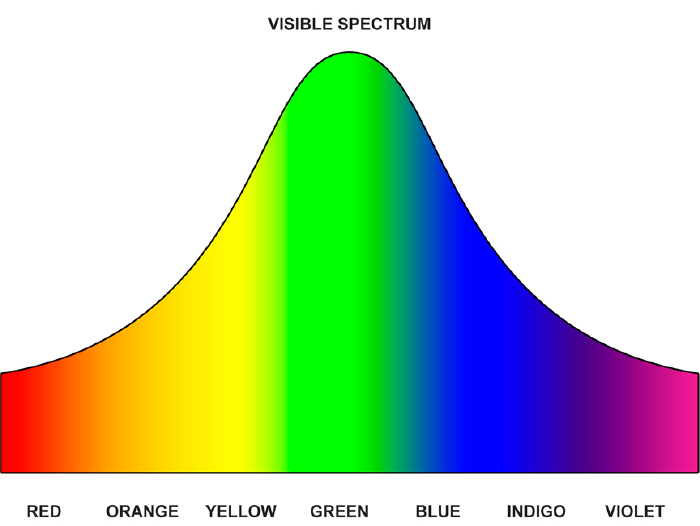Opacity Principles :: Properties of Light
Excerpt from Online Visible Emissions Course
Return to VEO course summary page »View the video by clicking on the image.
Properties of Light
Interaction of Light With Plumes
Scattering of Light
When light encounters a plume, the plume scatters, absorbs, or transmits (passes through) the light. How the plume interacts with light is determined by the particulate's shape, color, and size and the direction and intensity of the light.
When the particulate matter is LARGER than the wavelengths of light, the light is reflected or refracted:
- Reflection is when the light bounces off the particle. White particles reflect more light than black particles.
- Refraction occurs when light hits a curved surface of particulate matter, causing the light to bounce off in different directions.
When particles are SMALLER than the waves of light, the light is scattered according to these principles:
- Rayleigh Scattering occurs when the particulate matter is significantly smaller than light waves. Light is scattered at large angles from the original direction of the light.
- Mie Scattering occurs when particles and light wavelengths are the same size, the light waves are reflected from the particle.
Absorption of Light
Light is absorbed when particles are not clear. The light the particle absorbs is converted it to heat energy and emitted as infrared. Colored particles absorb only specific wavelengths of light. Black particles absorb all colors of lights. White particles reflect all colors of light.
Transmission
The light that does not hit any particle in a plume is transmitted through the plume. NOTE: Additionally, light CAN be transmitted through particles in the plume. However, transmission through a particle occurs VERY infrequently, due to the fact that the light has to hit the particle at an EXACT angle.
Forward Scattering of Light
The forward scattering of light is the principle that dictates the sun be behind the observer's back. Sunlight will scatter forward enhancing/exaggerating an emission so that it is overstated.
From the EPA VEO Field Manual: Method 9 Observation Rules are Designed to Eliminate Positive Bias in Readings.
Forward scattering enhances the plume visibility and creates a positive bias in measurement results.
An everyday example of forward light scattering: If you are driving into the sunset, you can see every spec of dirt on the windshield. When you turn and the sun is no longer in front of you, the specs are no longer seen.
Plume Colors and Visibility
In visible emissions observations, opacity is expressed as the percentage of the background obscured by the plume. The background light through the plume is used to quantify opacity.
When reading white smoke or light-colored emissions, much of the light is reflected off the plume or refracted within the plume itself. This results in a plume that is highly luminous.
Black smoke or dark-colored emissions absorb most of the light. The resulting minimal or absence of light makes these plumes less luminous.
It is important to not confuse the visibility of the plume with the visibility of the background. For instance, a white smoke plume with 25% opacity will be more visible to the human eye than a black smoke plume with 25% opacity. The obscuring power between each plume is the same. As an example, a window screen is made out of black wire. It is easy to see through, i.e., you can see the objects outside easily. That same screen made with white wire, even though it is blocking the same amount of light, would be more difficult to see through.
The Importance of the Background in Opacity Readings
In visible emissions observations, opacity is expressed as the percentage of the background obscured by the plume. The background light through the plume is used to quantify opacity.
It is desirable to have a high contrasting background for visual comparison. The observer should attempt to position themselves so that the background is in high contrast to the plume.
Consider the visible spectrum of color:

Green is the color most visible to the human eye; it has a high frequency and is high in contrast to white. It makes a good background choice for light-colored plumes. Sky blue is high in contrast and luminosity as well and provides an optimum background for black smoke.
It is best to avoid backgrounds or lighting conditions in which low frequency light (i.e., reds, violets - near sunset and sunrise) is produced. These can result in a negative bias in your observation.


